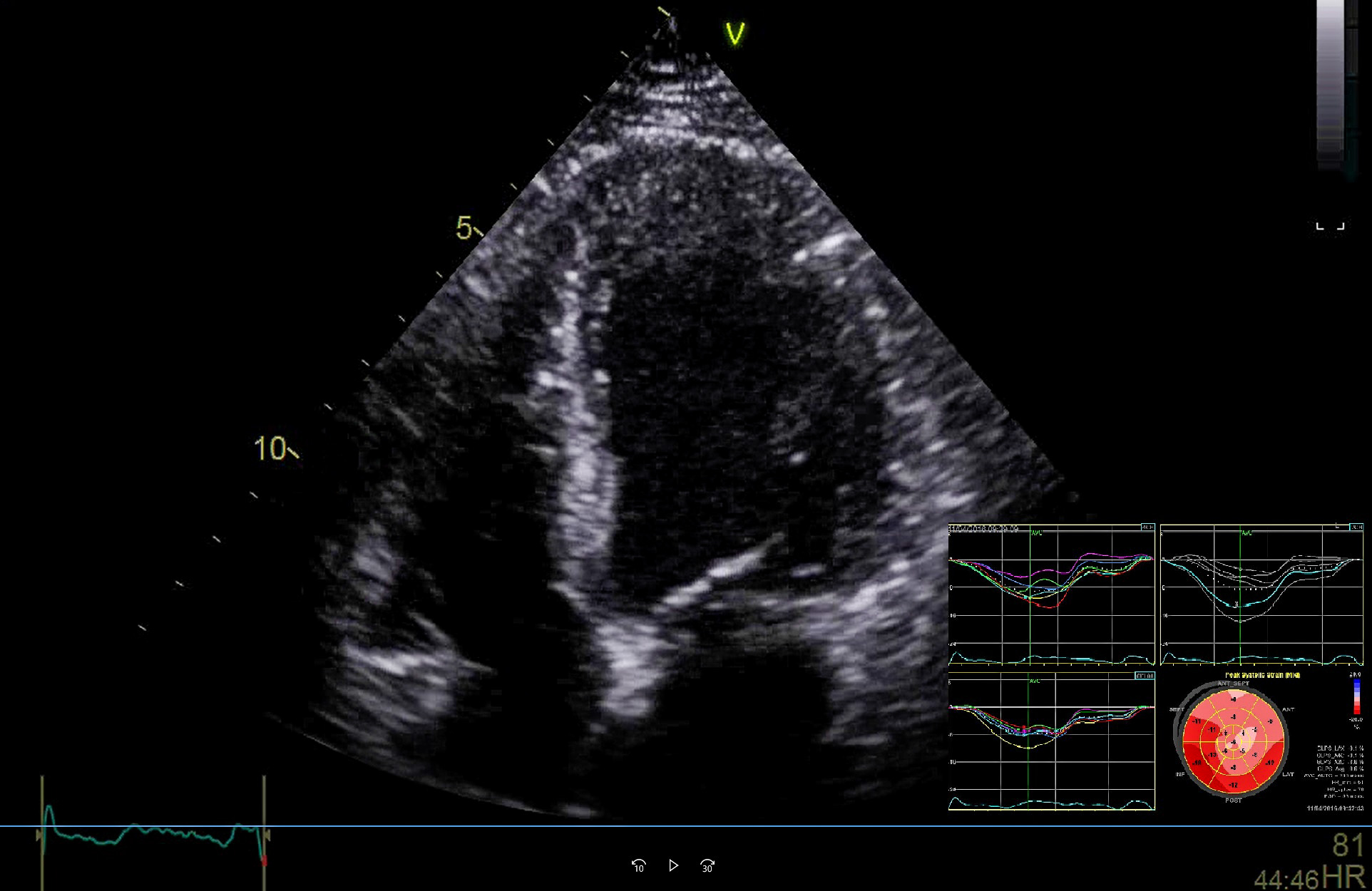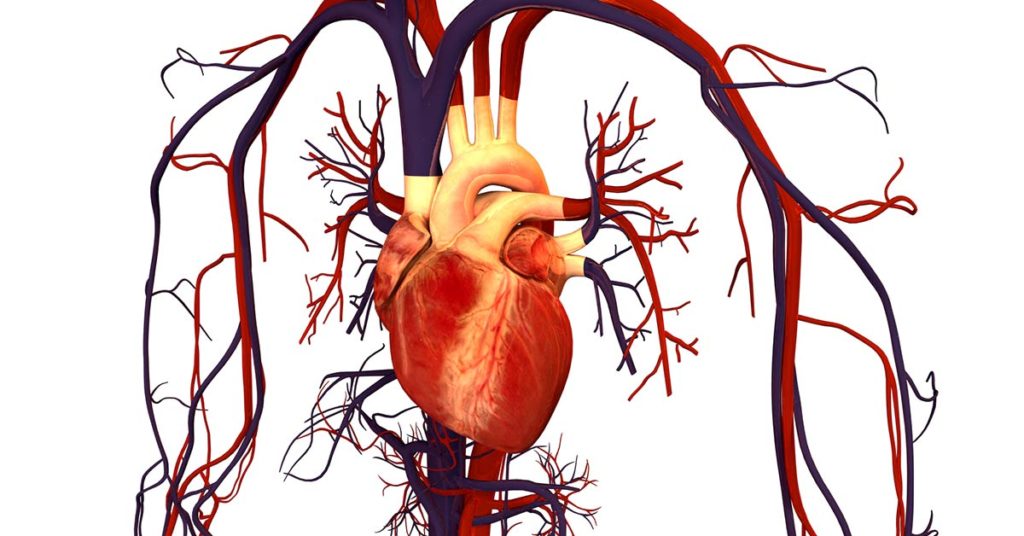
A new imaging technology that can identify previously undetected scarring on the heart could help doctors save some of the 15,000 Australians a year who die from sudden cardiac events.
The new research, funded by the Heart Foundation and being undertaken by Flinders University researcher Dr Rebecca Perry, aims to identify scarring or fibrosis in the heart which may put patients suffering from mild to moderate heart failure at greater risk of sudden cardiac death.
This scarring is often hard to see using current imaging technology such as a cardiac ultrasound (also known as echocardiography or echo), which is often the only imaging that these patients have due to the expense and limited availability of MRI.
Identifying it more effectively will allow healthcare providers to put preventative, life-saving measures in place, such as the insertion of an internal cardiac defibrillator, which can deliver a shock to restore normal heart rhythm and prevent sudden cardiac death.
Sudden cardiac death affects an estimated 15,000 Australians each year and equates to around 10% of all deaths in Australia. Unlike many other heart related death rates, the numbers have not fallen in recent years.
Dr Perry said this new imaging technology known as strain imaging, could become the first line assessment to identify this scarring and tissue damage. Being able to more accurately identify the scarring and tissue damage allows streamlining of patients to an MRI assessment which is able to show even clearer images of the heart muscle.
“One of the challenges we face is that current guidelines do not allow for those who have suffered from mild to moderate heart failure to receive an internal cardiac defibrillator, even though many of the patients that succumb to sudden cardiac death fall within this group,” Dr Perry said.
“The use of this new technology would result in a less expensive, more efficient and more accessible way to identify patients at risk and would ultimately save lives,” she said.

Dr Perry’s study is part of a larger international project called CMR GUIDE HF (Cardiovascular Magnetic Resonance GUIDEd management of mild-moderate left ventricular systolic Heart Failure).
This international study led by Professor Joseph Selvanayagam from Flinders University, seeks to evaluate the benefits of adjusting current guidelines to expand the parameters of those eligible to receive an internal cardiac defibrillator.
Heart Foundation SA CEO Imelda Lynch said early identification and intervention of this kind had the potential to save a significant number of lives of Australians with heart failure.
“Heart failure occurs when the heart muscle gets damaged, often caused from a heart attack. The heart muscle becomes weak and doesn’t pump properly, and this can put people at greater risk of a fatal cardiac event,” Ms Lynch said.
“This research is vital to the fight against heart disease and the Heart Foundation is proud to be able to support the efforts of Dr Perry and her colleagues at Flinders University,” she said.
Dr Perry added “If we can use advanced heart imaging to show which patients may suffer from a life-threatening heart rhythm, then it is possible that this research could increase survival rates in this growing patient population.”
Researchers are currently recruiting 1,000 participants for the CMR GUIDE HF, of which Dr Perry’s work is part, and expect to publish results by 2021.
People diagnosed with mild to moderate heart failure who are interested in participating in the study should contact Dr Rebecca Perry on 8404 2852.

